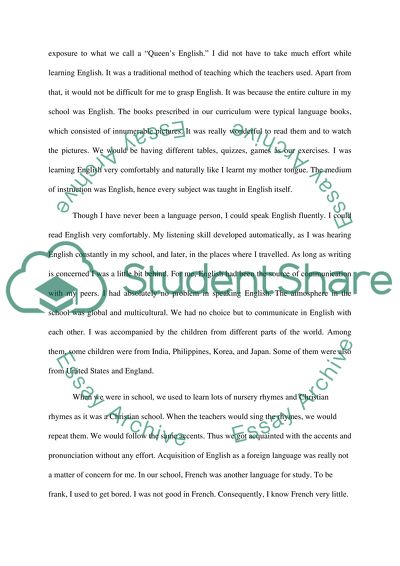Cite this document
(“Second Language Acquisition Thesis Example | Topics and Well Written Essays - 4500 words”, n.d.)
Retrieved de https://studentshare.org/english/1393356-second-language-acquisition
Retrieved de https://studentshare.org/english/1393356-second-language-acquisition
(Second Language Acquisition Thesis Example | Topics and Well Written Essays - 4500 Words)
https://studentshare.org/english/1393356-second-language-acquisition.
https://studentshare.org/english/1393356-second-language-acquisition.
“Second Language Acquisition Thesis Example | Topics and Well Written Essays - 4500 Words”, n.d. https://studentshare.org/english/1393356-second-language-acquisition.


